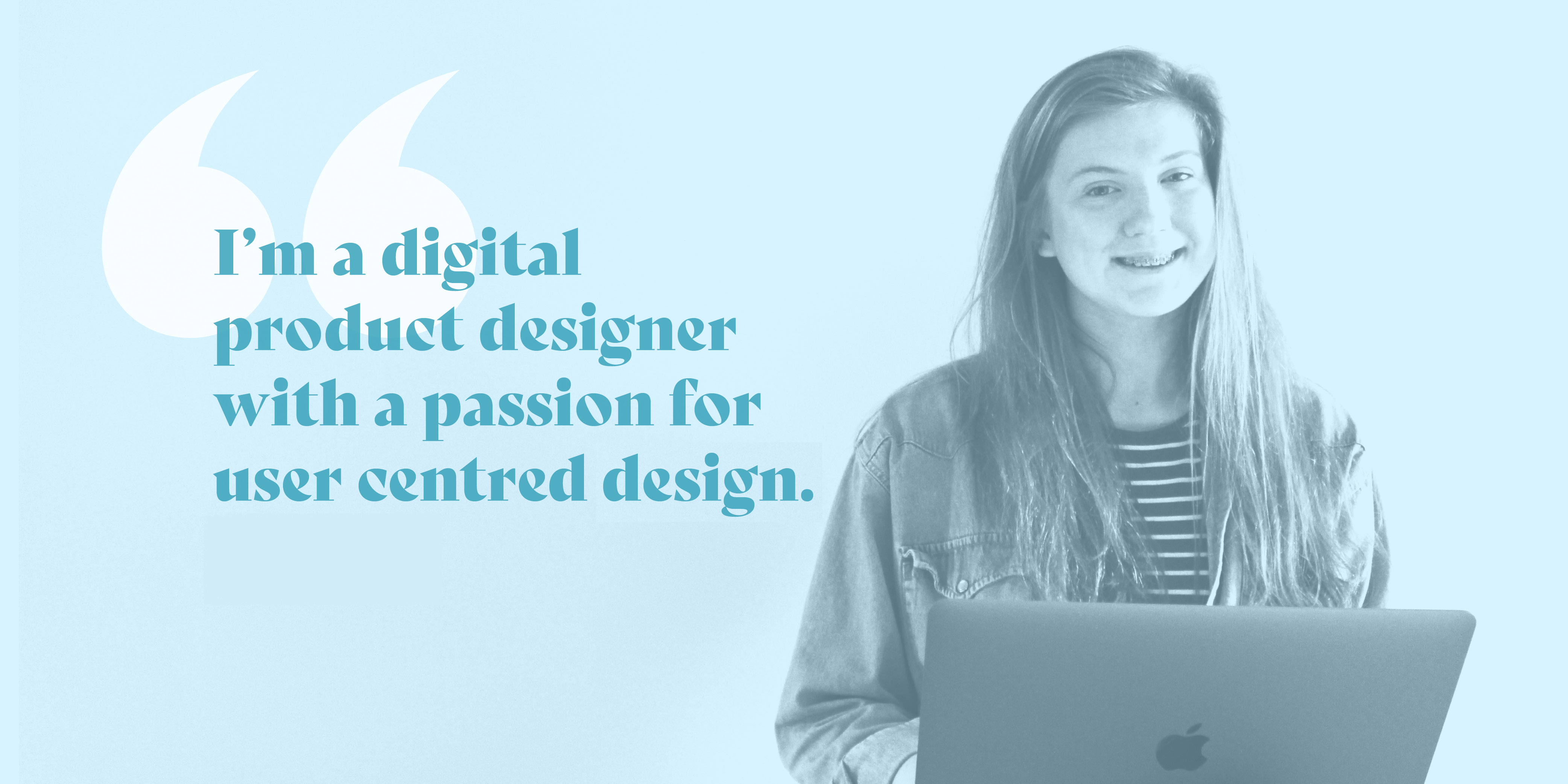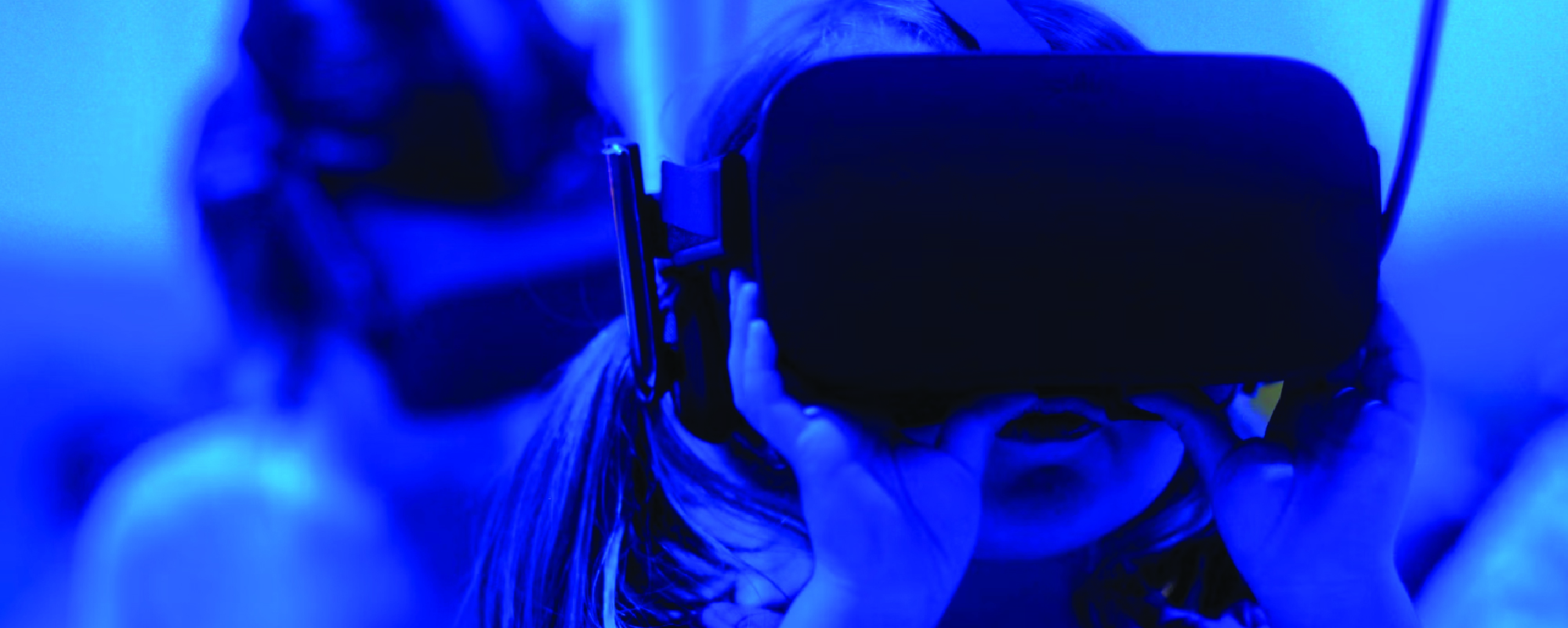

Hey! I’m Gemma, a digital product designer with a passion for user centred design and a constant need to challenge myself to learn new things. Whether I'm in the studio, at the beach or playing hockey you can be sure my laptop isn't far away. I've recently accepted a role as a Graduate Product Designer at Instil, you can follow my progress over the next few months on my socials.

Spectrum is an immersive environment tool created for autistic people, enabling users to have a trial run of environments before they get there. Aiming to reduce sensory overload and make everyday tasks a little bit easier.

Despite being a disorder that is often invisible, 700,00 people in the United Kingdom have been identified with Autism Spectrum Disorder and with 1 in 44 children identified with autism worldwide, it is a common diagnosis. Despite this, there is a lack of assistive technology for people within this user group to help users with their everyday challenges such as sensory overload.
Sensory overload happens for autistic people when intense sensory stimuli overwhelms their ability to cope. This can be triggered by a single event, like an unexpected loud noise, or it can build up over time due to the effort it takes to cope with sensory sensitivities in daily life.
Autism is a condition affecting the brain’s development that can be severe or mild. People with autism can find it difficult to communicate and form relationships, and may show repeated or limited patterns of thought and behaviour. The scientific nature of this definition can be confusing, therefore experts in the field tend to describe autism as a natural neurological difference in the brain which affects communication, interactions and behaviour.
Spectrum is a tool to help autistic people with this problem, enabling them to get the most from life, experiencing things and completing tasks most neurotypical people do with ease.
The application offers services for three types of users:
The Main User/Child section allows movement through the application, selecting an environment they wish to experience and select sound/light/ colour levels before placing their phone into the headset and starting the experience.
The business section allows users to upload/stitch together their own videos and add tags or triggers. The three sections gives maximum usability for a range of user types, in turn providing more benefit for the Main User.
The Parent/Carer section allows monitoring of the Main User/Child profile through a series of video insights while also giving the ability to save videos for the Main User.

With this project, it started quite slow with a deep dive into a lot of research about Autism and VR design. This included online research and user surveys as well as talking to and interviewing a LOT of people.
Once I had my head wrapped around both areas I knuckled down and started the sketching process. After a few rounds of sketching and having a firm idea in my head of what way to go with the project I jumped into Figma to start low fidelity mock-ups, building up to high fidelity before a few rounds of testing the UI, with changes made off the back of this. I completed testing such as A/B testing on specific elements, perception tests to note users first clicks, monitored testing where I watched three users complete a series of tasks and remote testing where I used Maze to pull together insights and flag areas of improvement.
For developing the video elements of the project I took a similar approach, with extra hurdles to jump through with parental consent while videoing classroom environments *insert photo of endless pages of consent forms*
Throughout the process of developing the UI and video elements I also took time to develop the brand and consider other aspects of the project. The process of developing Spectrum filled the 24 weeks from start to finish, the logical flow through the stages helped me to stay on track and always know what I had to complete next.

Spectrum has had it’s fair share of ups and downs with a few pivotal moments scattered throughout this year. One strength would be the research platform I built during the initial few weeks of the project, using surveys and questionnaires with a range of user types to establish a need for the product and find my main problem area of school environments. I also researched the challenges autism can bring users on a day to day basis and the products currently on the market to alleviate these.
This research gave me a base for my design decisions to ensure everything was consistent throughout the entire project. Another strength would be the use of colour throughout the application and the accessibility preferences I included that go alongside this. Choosing bold colours for the brand pattern and the UI components was a risk due to the user group but adding design modes has assisted with the accessibility concerns and gives the user the ability to set the application to their needs.
One of the main weaknesses within my project is the video section not being as initially planned, when considering taking on this project I hoped to be able to create an interactive piece of video where users could move through the space freely - I could not find software that was financially feasible while also offering the features I needed.
This is the reason behind the short prototype videos I created using After Effects, as an example of what the finished videos would be like. If I had more time I would work to develop these further and add more interaction into them, if I was to approach the project again I would be more realistic about what is possible within the allowed time frame.

Throughout this project I have used various tools, each having it’s own purpose. Figma was my main tool throughout the project, developing the low fidelity/ high fidelity and Spectrum’s prototype through this. I also used FigJam to organise all of my research and architectural tools such as user flows, this was useful as it kept two aspects of my project within the same application.
For Spectrum’s video prototypes development I was conflicted between using Adobe Premier Pro and Adobe After Effects, after a quick trial on both I settled on After Effects due to the ability of easily adapting the colours of added features. For viewing the videos I have used Youtube’s VR technology to upload the 360 degree video and view it through a headset. To organise all of my research throughout the project I used Notion, a very useful tool to split things into separate pages and use templates to organise items into tables or other structures - making the content easy to navigate and follow. Using this range of tools has allowed me to learn and understand the processes used throughout software in the design industry, setting me up well for entering the design industry.

An immersive tool for autistic users, aiding them with the everyday challenge of new environemts with the hope to make life a little bit easier.